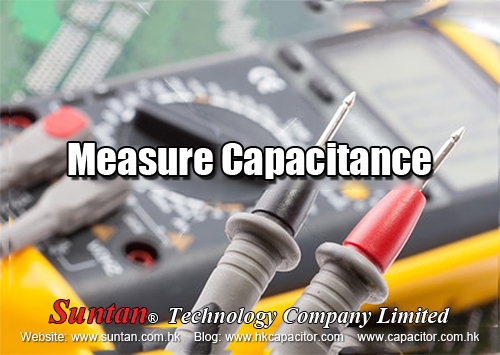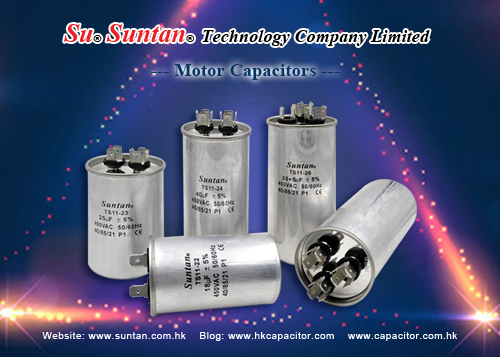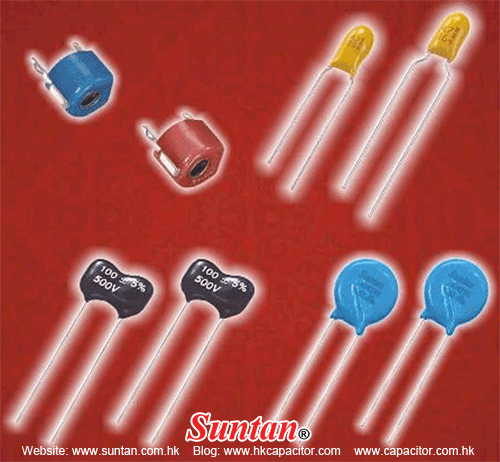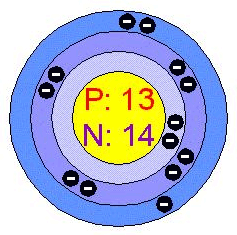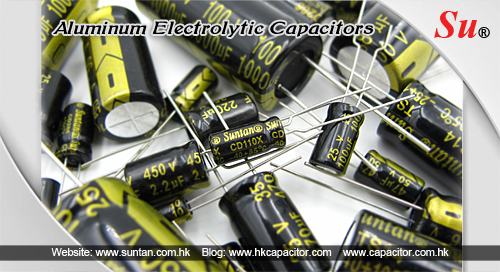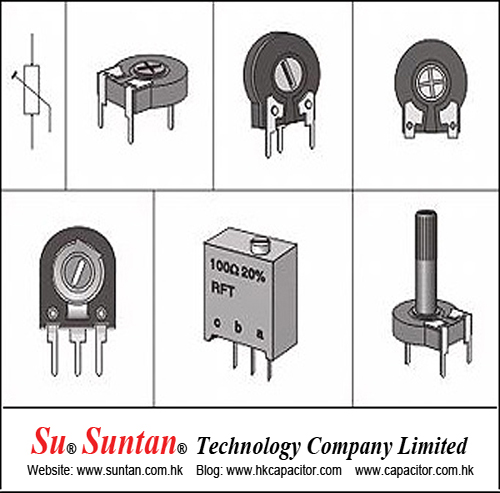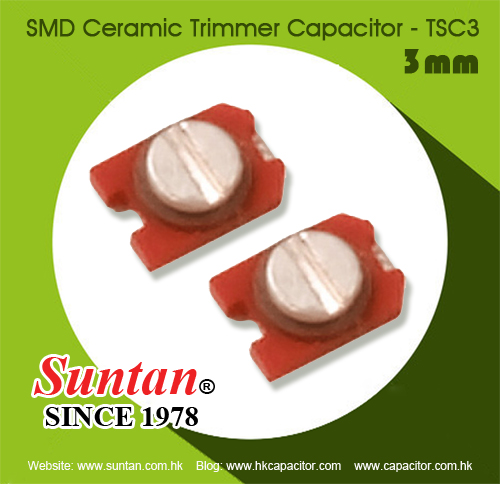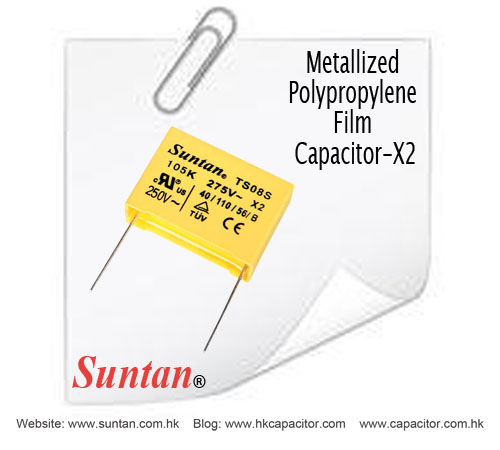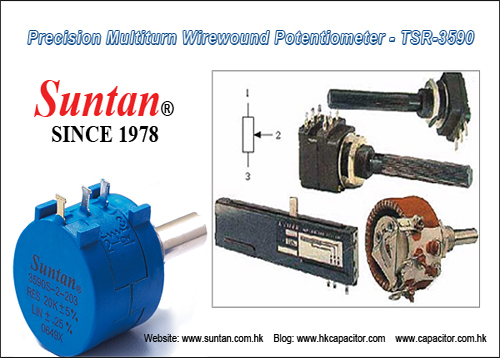Suntan Technology Company Limited
----All Kinds of Capacitors
Potentiometers can be obtained with either linear or logarithmic laws (or "tapers").
Linear taper potentiometer
A linear taper potentiometer (Below Figure)has a resistive element of constant cross-section, resulting in a device where the resistance between the contact (wiper) and one end terminal is proportional to the distance between them. Linear taper describes the electrical characteristic of the device, not the geometry of the resistive element. Linear taper potentiometers are used when an approximately proportional relation is desired between shaft rotation and the division ratio of the potentiometer; for example, controls used for adjusting the centering of (an analog) cathode-ray oscilloscope.
Logarithmic potentiometer
A logarithmic taper potentiometer (Below Figure)has a resistive element that either 'tapers' in from one end to the other, or is made from a material whose resistively varies from one end to the other. This results in a device where output voltage is a logarithmic (or inverse logarithmic depending on type) function of the mechanical angle of the pot.
Logarithmic taper potentiometers are often used in connection with audio amplifiers. The most common use of a pot in audio is as a volume control. Since our hearing has a logarithmic response to sound pressure, it is important that the volume control should provide a smooth variation from soft to loud, such that a given change in position of the pot causes the same sensation of volume change at all levels.
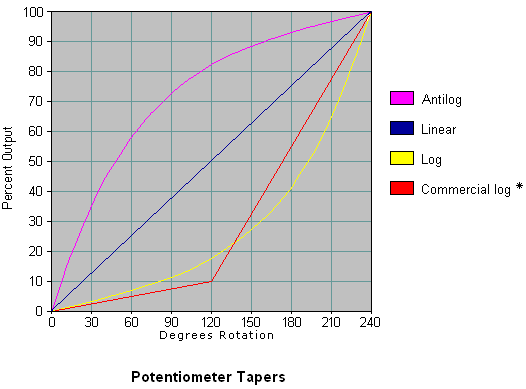
In the early days, when an audio taper (logarithmic, or just log) was needed, the resistance element was indeed tapered, so that it provided a different resistively at different settings. By changing the physical taper, it was possible to make a pot provide the exact gradient of resistance needed. By definition, a linear pot has no taper as such (the resistance element is parallel sided), but the term has stuck, so we might as well get used to it.
The violet curve in Figure shows an antilog or reverse audio taper pot. These are quite uncommon, but used to be used for balance controls using a log/antilog dual section (commonly called dual gang) pot. It is shown on the graph mainly for its interest value, but they are generally an historical component now.

